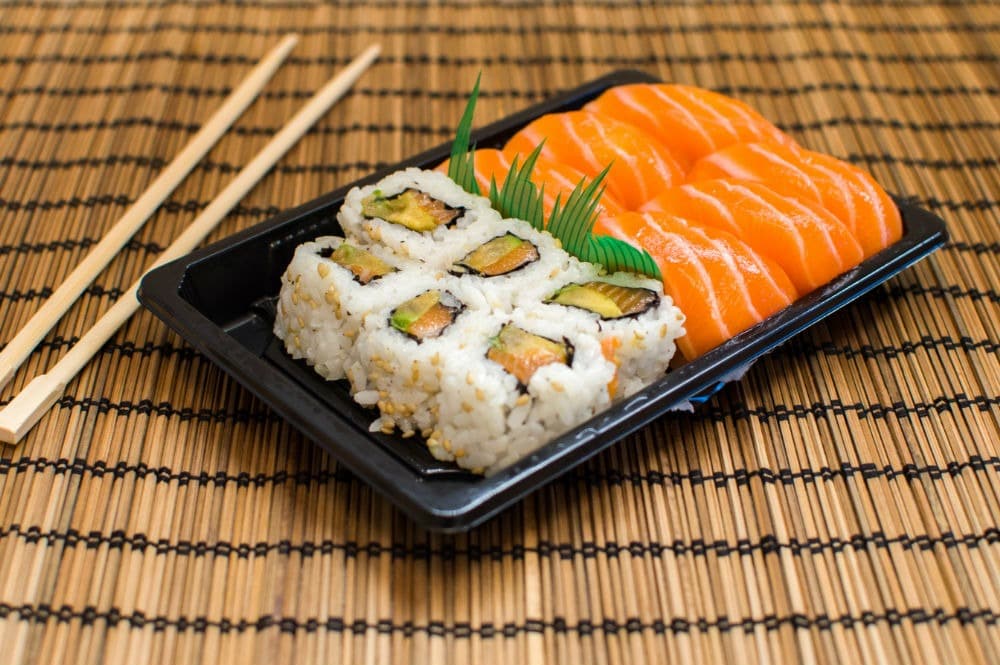Sushi is a beloved dish around the world, known for its delicate flavors and fresh ingredients. But what happens when you have leftovers? Can you eat sushi the next day, or is it better to toss it out? In this article, we’ll explore the safety of eating sushi the next day, how to properly store it, and tips for enjoying your leftovers without compromising on taste or health.
Understanding the Components of Sushi
Before diving into the specifics of whether you can eat sushi the next day, it’s essential to understand what sushi is made of and how the different components affect its shelf life.
1. Raw Fish (Sashimi)
One of the key ingredients in many types of sushi is raw fish, such as tuna, salmon, or yellowtail. Raw fish is highly perishable and should be handled with care. When sushi is made, the freshness of the fish is crucial to both its flavor and safety.
2. Rice
Sushi rice is another important component, seasoned with vinegar, sugar, and salt. The rice is typically safe to eat for a longer period than raw fish, but it can still spoil if not stored properly.
3. Vegetables and Seaweed
Vegetables like cucumber, avocado, and pickled radish, along with nori (seaweed), are also common in sushi. These ingredients generally have a longer shelf life than raw fish but can lose their texture and flavor over time.
Can You Eat Sushi the Next Day?
The short answer is: it depends. Several factors determine whether sushi is safe to eat the next day, including how it was stored, the type of sushi, and how long it has been since it was made.
1. Storage Conditions
Proper storage is critical when it comes to determining whether sushi is safe to eat the next day.
- Refrigeration: Sushi should be refrigerated within two hours of being made. If left out at room temperature for more than two hours, it’s best to discard it, as bacteria can grow rapidly at these temperatures.
- Air-Tight Container: Store sushi in an airtight container to minimize exposure to air, which can dry out the rice and lead to spoilage.
- Temperature: The ideal storage temperature for sushi is below 40°F (4°C). Keeping it at this temperature slows down bacterial growth, helping to preserve the freshness of the ingredients.
2. Type of Sushi
The type of sushi also plays a role in determining whether it’s safe to eat the next day.
- Raw Fish Sushi: If your sushi contains raw fish, it’s generally best to consume it within 24 hours. Even when stored properly, the quality of raw fish degrades quickly, and it can become unsafe to eat due to bacterial growth.
- Cooked Sushi: Sushi made with cooked ingredients, such as cooked shrimp, crab, or vegetables, can last longer than raw fish sushi. These types of sushi are typically safe to eat the next day if stored correctly.
- Vegetarian Sushi: Sushi that contains only vegetables and no raw fish or seafood can last up to two days in the refrigerator, though it’s best to consume it as soon as possible for optimal taste and texture.
Signs That Sushi Has Gone Bad
Even with proper storage, sushi can go bad. Here are some signs that your sushi is no longer safe to eat:
1. Unpleasant Odor
Fresh sushi should have a clean, mild aroma. If you notice a strong, fishy smell or any off-putting odors, it’s a sign that the sushi has gone bad and should not be consumed.
2. Change in Texture
If the rice has become hard and dry or if the fish has become slimy, these are indicators that the sushi is past its prime. Fresh sushi should have a soft, tender texture.
3. Discoloration
Any noticeable discoloration in the fish, vegetables, or rice is a red flag. Fresh sushi ingredients should look vibrant and appealing. If the colors have dulled or changed, it’s best to discard the sushi.
How to Safely Eat Leftover Sushi
If you’ve determined that your sushi is still safe to eat, here are some tips to enjoy it the next day:
1. Consume It Quickly
Even if your sushi has been stored properly, it’s best to eat it as soon as possible. The longer it sits, the more the quality and safety of the sushi can decline.
2. Reheat with Care
If your sushi contains cooked ingredients, you can gently reheat it to improve the texture. However, avoid reheating raw fish, as this can cause it to become overcooked and unappetizing. To reheat sushi, wrap it in a damp paper towel and microwave it for about 10 seconds to soften the rice without drying it out.
3. Enhance with Fresh Ingredients
If the sushi seems a bit dry or lacking in flavor, consider adding a splash of soy sauce, a dollop of wasabi, or fresh slices of ginger to revive it. These additions can help mask any minor imperfections in the leftover sushi.
Conclusion
So, can you eat sushi the next day? Yes, but with caution. The safety and quality of next-day sushi depend on how it was stored, the type of sushi, and how long it has been since it was made. Always prioritize proper storage, check for signs of spoilage, and consume your sushi as soon as possible to enjoy it at its best. By following these guidelines, you can safely savor your sushi leftovers without compromising on taste or health.
Disclaimer: The content on Wellness Derive is for informational purposes only and not a substitute for professional medical advice, diagnosis, or treatment. Always consult a healthcare provider for medical concerns.



